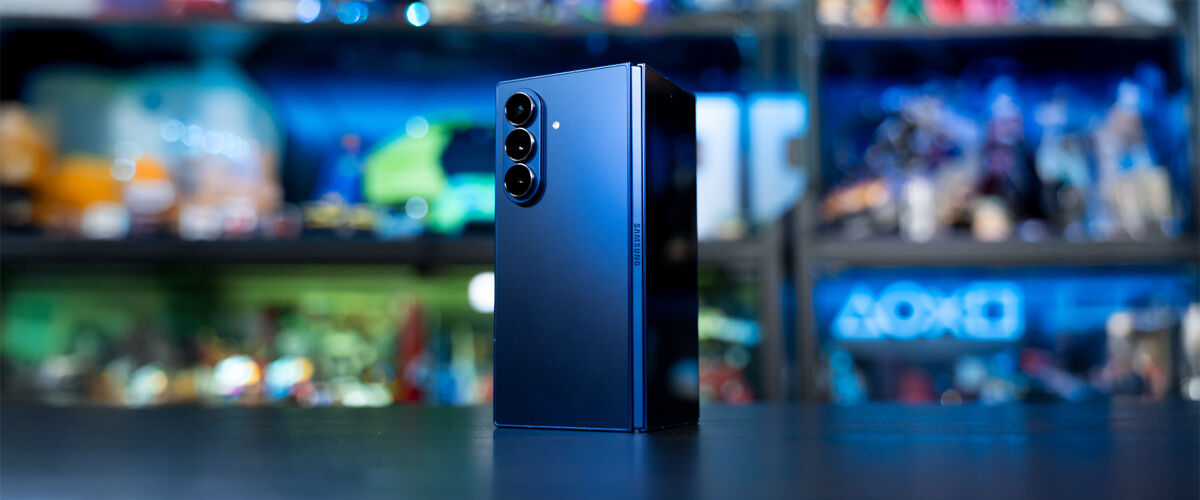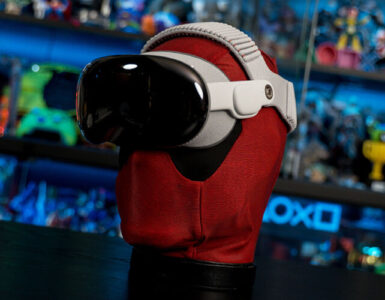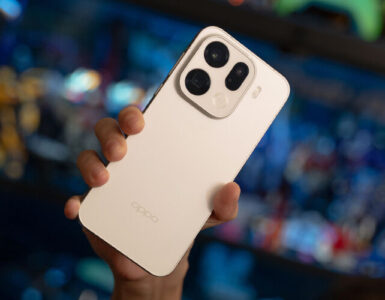There will come a time when the latest generation of devices runs out of room for iterative upgrades, and while the smartphone market has been slowly inching toward that, foldable mobile tech still has some gaps to fill. Previously occupying a niche space, these hybrid offerings are now gaining traction among mainstream users, with their compact design and extra screen real estate coming in handy for multitasking, immersion, and versatility.
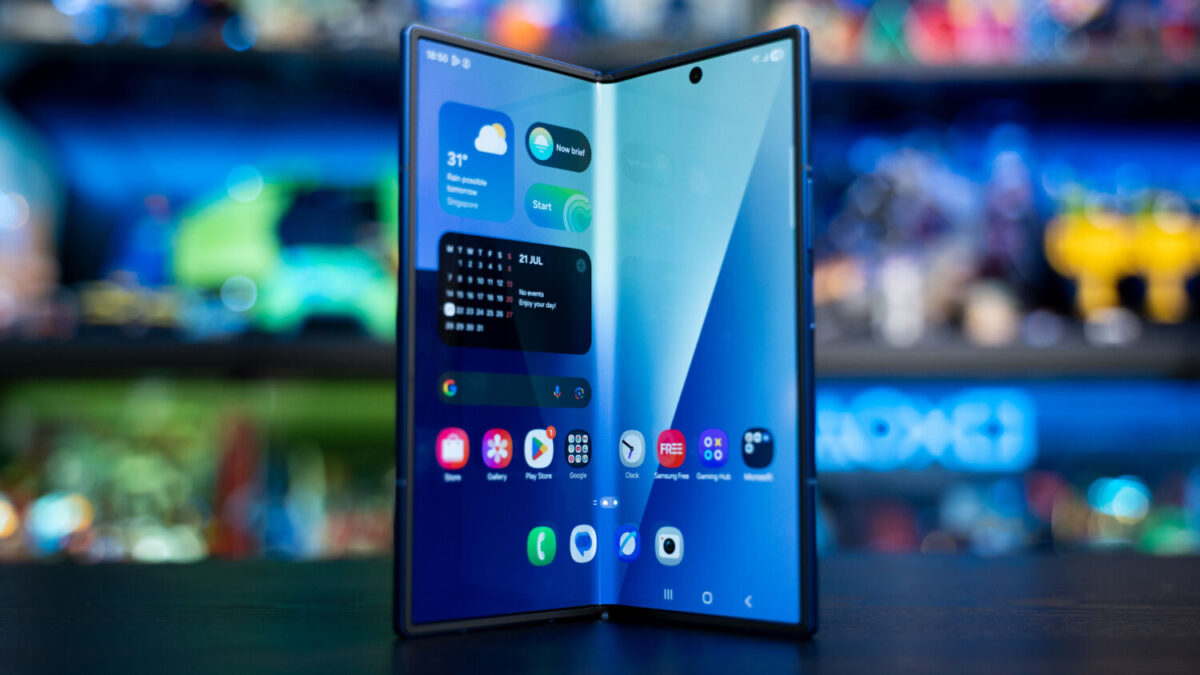
It’s familiar ground for the Samsung Galaxy Z Fold 7, which continues in the footsteps of its already impressive predecessor. The Korean tech giant’s latest returns to build on what it does best, serving as the closest representation of Samsung’s vision for the ideal foldable. Lightweight, slim, and highly capable, it shapeshifts seamlessly between a tablet and traditional smartphone to satisfy day-to-day needs, making it the best Z Fold addition to date. The sticker bump may dull some of the shine, but one thing’s for certain: Samsung is back on the throne.
The refinement begins with the form factor. At 215 grams, it shaves off 24 grams to book its spot as the lightest member of the foldable range, beating out the iPhone 16 Pro Max (227g) and coming close to its Galaxy S25 Ultra brethren (218g). Despite weighing the same as the OPPO Find X8 Pro, the device is significantly less head-heavy, sporting a familiar triple-camera setup inherited from its flagship lineup, now housed in a pill-shaped cutout.
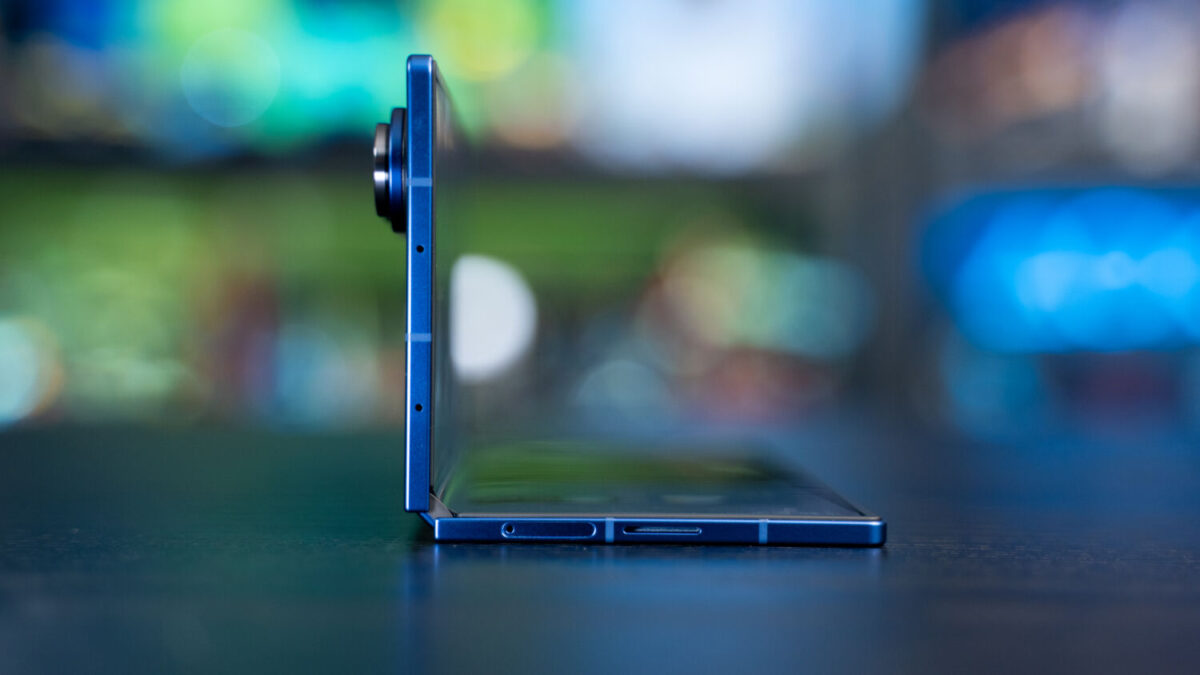

Build-wise, the Galaxy Z Fold 7 doesn’t look all that different. A USB-C port sits at the base, while the volume rocker and power button line the right edge, joining subtle Samsung detailing on the spine of the phone. It touts a leaner profile than before, measuring 158.4 x 72.8 x 8.9mm when folded (versus 153.5 x 68.1 x 12.1mm on the previous model) and offers a nice, comfortable grip – even if the back can be a little slippery to the touch, and the cover display remains susceptible to stubborn fingerprints.
It hardly veers away from the traditional handset experience either. In clamshell mode, the slab will be longer and narrower than usual standards, but is still compact enough to fit in a pocket (even better than before, in fact). The 6.5-inch Dynamic 2X display, up from 6.3 inches previously, supports a 2,520 x 1,080 pixel resolution (versus 2,367 x 968) and a refresh rate of 120Hz, delivering sharp, smooth visuals across noticeably thinner bezels. Whether it’s scrolling through social media or reading emails, users can expect a regular sense of familiarity.

The hinge has also been completely redesigned, allowing for a seamless transition between its folded and tablet forms. Less force is required to glide it open here, with the mechanism offering the perfect amount of resistance, while a more balanced weight distribution further optimises one-handed use. Fingerprint unlock is bound to the power button, and despite an improved scanner, it still exhibits inconsistent accuracy at times.
Opening the phone up reveals a larger eight-inch main display, compared to 7.6 inches on its predecessor. The Galaxy Z Fold 7 is impressively thin at 158.4 x 143.2 x 4.2 mm (versus 153.5 x 132.6 x 5.6 mm), which makes it marginally thicker than the USB-C port – and is likely as lean as it gets without having to ditch the charging port. Don’t mistake the reduced heft for flimsiness, though, as its chassis is solid to the touch and comes devoid of flex.
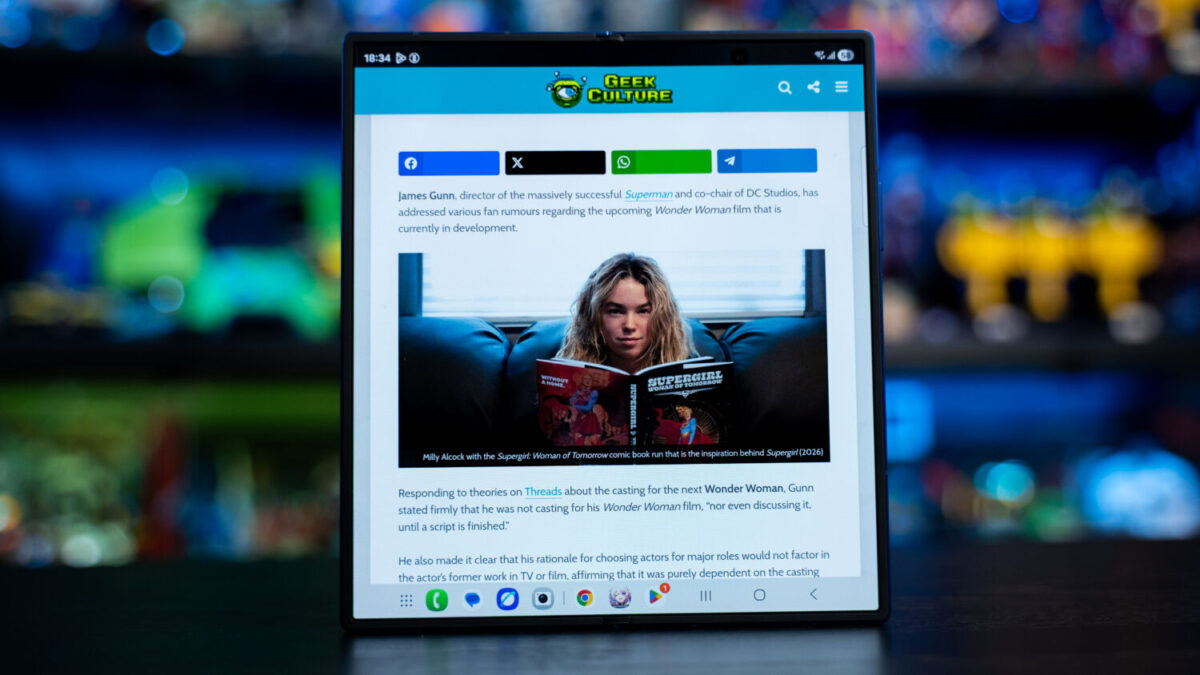
Like the cover display, the QXGA+ Dynamic AMOLED 2X main panel touts a 120Hz refresh rate, and coupled with a 2,184 x 1,968 pixel resolution, lends a brilliant pop of colour to images, causing them to appear vibrant and crisp. Watching the “How It’s Done” lyric video from KPop Demon Hunters and the Demon Slayer: Infinity Castle teaser, for instance, saw striking, fluid animation and rich saturation, whereas the trailer for Five Nights at Freddy’s 2 yielded deep blacks.
Elsewhere, the issues of an unconventional 22:9 aspect ratio persist. Those coming from a traditional display can take some time to get used to the almost square presentation, especially in certain apps or software where black bars will be a common sight, such as Honkai: Star Rail. Others, including Zenless Zone Zero, boast support for it, but user interface (UI) elements may end up squashed or densely packed.

It’s no longer a major issue at this point, but the crease on the Galaxy Z Fold 7 blends in so neatly that it’s nearly imperceptible at the folding point, unless you’re actively looking for it. The grooves are less jarring and feel shallower than before, making immersion a more organic affair. Like many of its contemporaries, the slight camera bump at its rear causes rocking when the device is placed on a flat surface, although it’s far from the worst the industry has to offer (the Honor Magic V5 says hi).
Under the hood, Samsung’s latest foldable is powered by the Snapdragon 8 Elite chipset, one generation above the previously used Snapdragon Gen 3, alongside 12GB or 16GB of RAM and up to 1TB of storage. The hardware upgrade, however, fails to translate its theoretical boost into real-world gaming, with uneven performance and thermal management across Wuthering Waves, Zenless Zone Zero, Genshin Impact, and PUBG Mobile. Frame rate drops and stutter proved inconsistent, a far cry from Honkai: Star Rail, where everything ran like clockwork – be it the animation of a character’s Ultimate ability, or navigating through the map.

Fortunately, the mixed bag experience doesn’t extend to day-to-day use. As a hybrid offering, the Galaxy Z Fold 7 proves extremely handy for multitasking, bringing a host of versatile features that work to its full potential. Split-screen mode has always been convenient and was frequently used for searching puzzle solutions while playing Honkai: Star Rail, and navigating between apps continues to be a breezy affair. A maximum of eight apps can be open on the main display at any one time, and like before, users have the freedom to change their size or placement however they wish. Overheating poses the occasional threat for both work and play, still.
As a fellow flagship device, it has additionally inherited the full suite of artificial intelligence (AI) tools from the Samsung Galaxy S25 series, starting with Google Gemini features such as Circle to Search, which now allows users to look up music or songs through a new Shazam-like functionality, Live Translate, Cross App, and more. Specific to the Samsung family, Audio Eraser isolates and removes unwanted noise like voices, music, wind, nature, and crowd in videos; Now Bar and Now Brief pull information from other on-device apps; Object Eraser eliminates unwanted subjects from pictures; and an enhanced Portrait Studio makes it faster to create and customise stylised avatars, among others. It’s an extensive list, and users will have to toy around and find the best use for them. Safe to say, most serve as bells and whistles instead of an everyday essential.



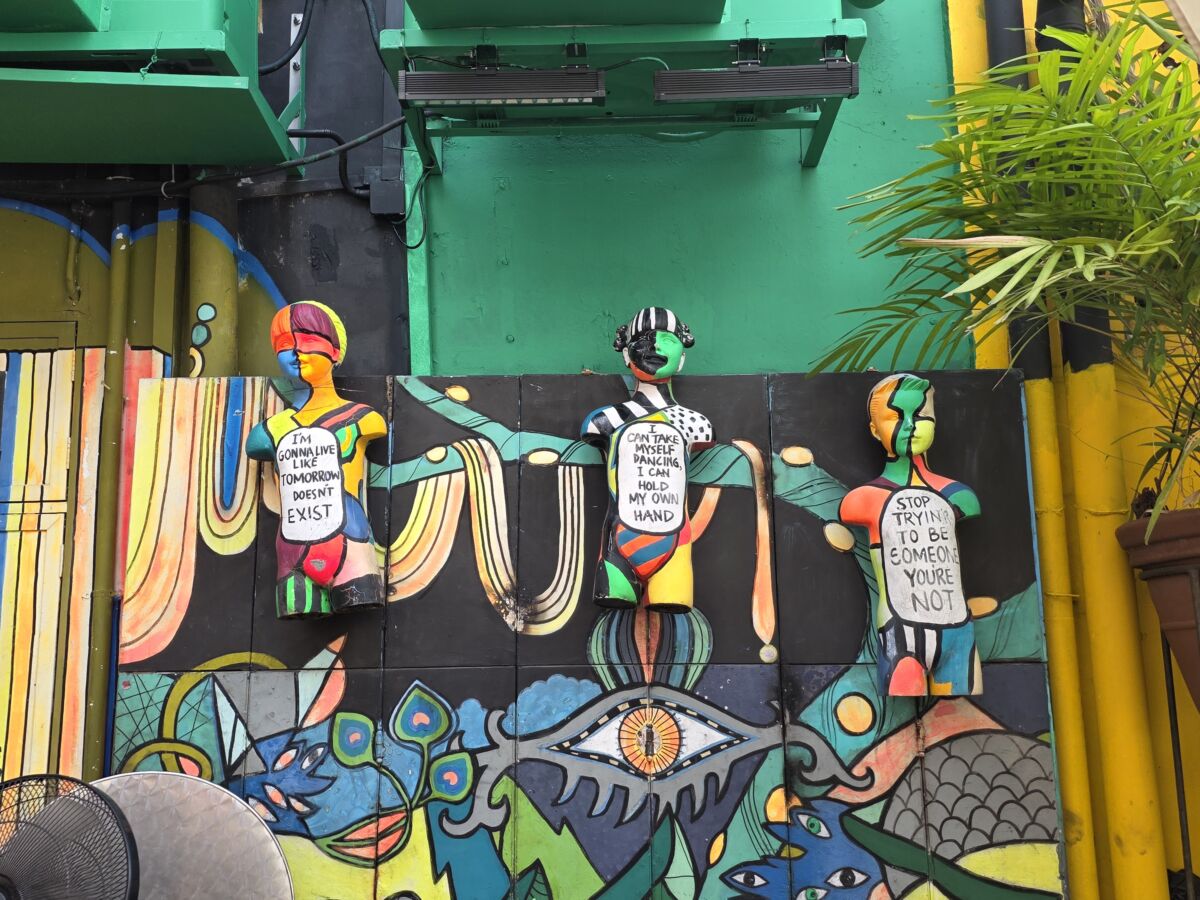

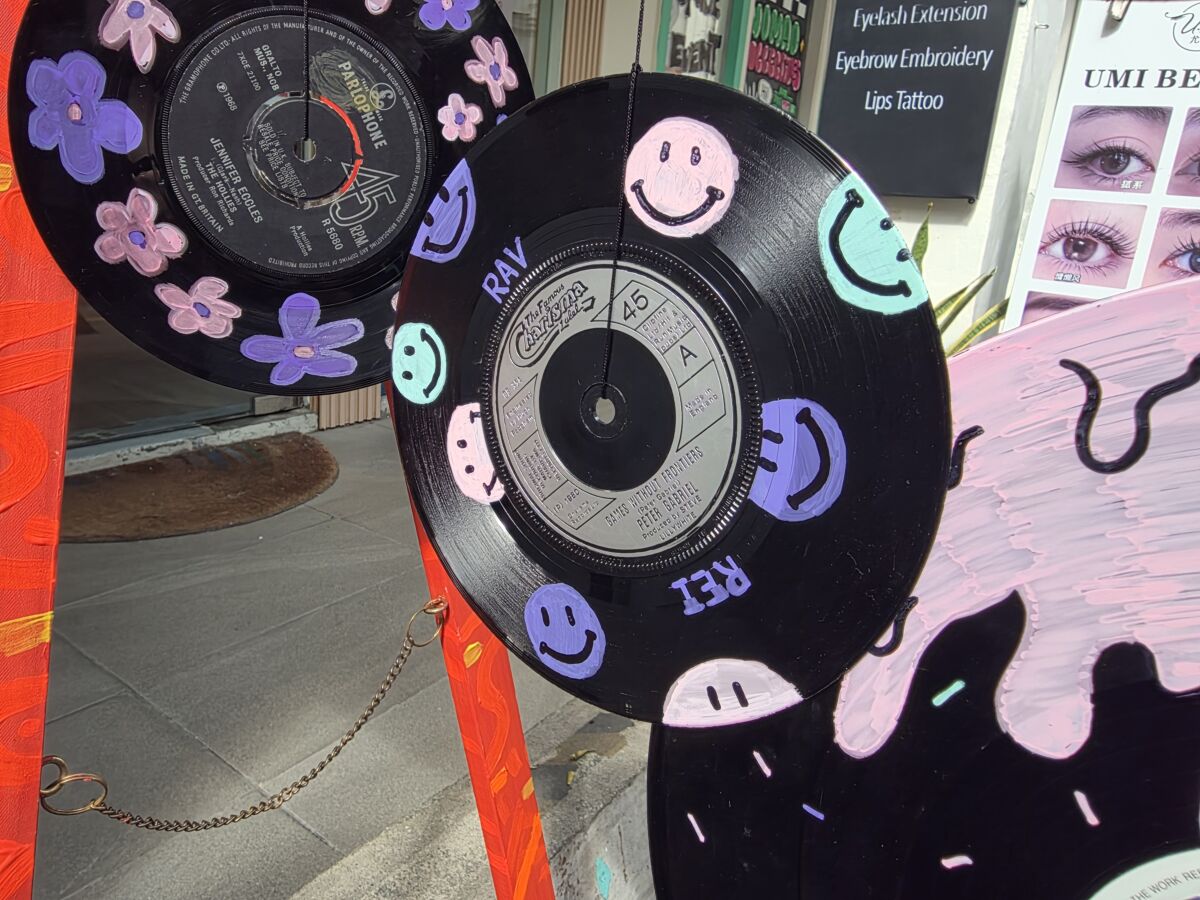




Also ported over from the S25 Ultra and S25 Edge is the 200MP (megapixel) main camera. Unlike the Galaxy Z Fold 6, which didn’t launch with improved photography capabilities, this successor marks a step up from 50MP, with the 12MP ultra-wide and 10MP telephoto rear shooters remaining unchanged. Captured images appear lively and bright to the eye, and detail retention proves to be of no issue, establishing the foldable as a competent snapper, despite a tendency to over-sharpen elements in a picture.
The warmer flair that often accompanies Samsung cameras has been toned down as well, but still stands out when stacked against photographs taken on competitor models. Macro photography is decent, and while performance takes a hit in low-light and nighttime conditions with murkier details, slight noise and flare, the biggest drawback here is the 3X zoom on the 10MP camera, which lacks the polish to match the 5X zooms on traditional tentpole smartphones. For the regular Joe, however, there won’t be much to find fault with the camera system.



At the same 4,400mAh as before, the battery capacity of the Galaxy Z Fold 7 is on the lower end, but it packs sufficient juice to power users through a typical work day. While individual mileage will vary owing to various factors, including brightness levels, frequency of using the internal display, and use case scenarios, it lasted around 10 hours on a single charge when subjected to daily tasks like surfing social media platforms, listening to music, and online chatting, alongside short bursts of gaming.

It’s thus pretty much necessary to charge the handset every other day, bringing up the other drawback of charging speed. The Galaxy Z Fold 7 supports an unchanged 25 watts of wired charging, and without a power brick right out of the box, requires the use of an existing one – no different from the industry norm. Plugging it in registered a charging time of around one and a half hours from zero per cent, which is woefully average.
Here’s the thing – it’d be easier to turn a blind eye to such nitpicking if not for the premium cost. The lack of battery improvements, and especially the exclusion of the S-Pen, previously bundled in with the sixth-generation iteration, is a bummer for a S$2,698 starting price (12GB + 256GB), a solid S$150 higher than before. Increasing the storage to 512GB bumps it up to S$2,878, while the 1TB + 16GB configuration comes in at S$3,328, which means that in terms of practical value, the Galaxy Z Fold 7 could certainly do better.

For those willing to look past the faults, making the leap will prove rewarding. Samsung’s latest foldable is at the best it’s ever been, setting new standards for balancing foldable performance with form. Samsung may have gotten off on a shaky foot in its earlier days, but with the Galaxy Z Fold 7, it has reclaimed the crown.
GEEK REVIEW SCORE
Summary
Satisfaction comes at a cost, and the Samsung Galaxy Z Fold 7 asks for a premium. It’s well worth the investment, though, transforming both work and play into a versatile, convenient experience – especially for multitasking.
Overall
8.5/10-
Aesthetics - 8.5/10
8.5/10
-
Build Quality - 9/10
9/10
-
Performance - 9/10
9/10
-
Value - 7/10
7/10
-
Geek Satisfaction - 9/10
9/10

